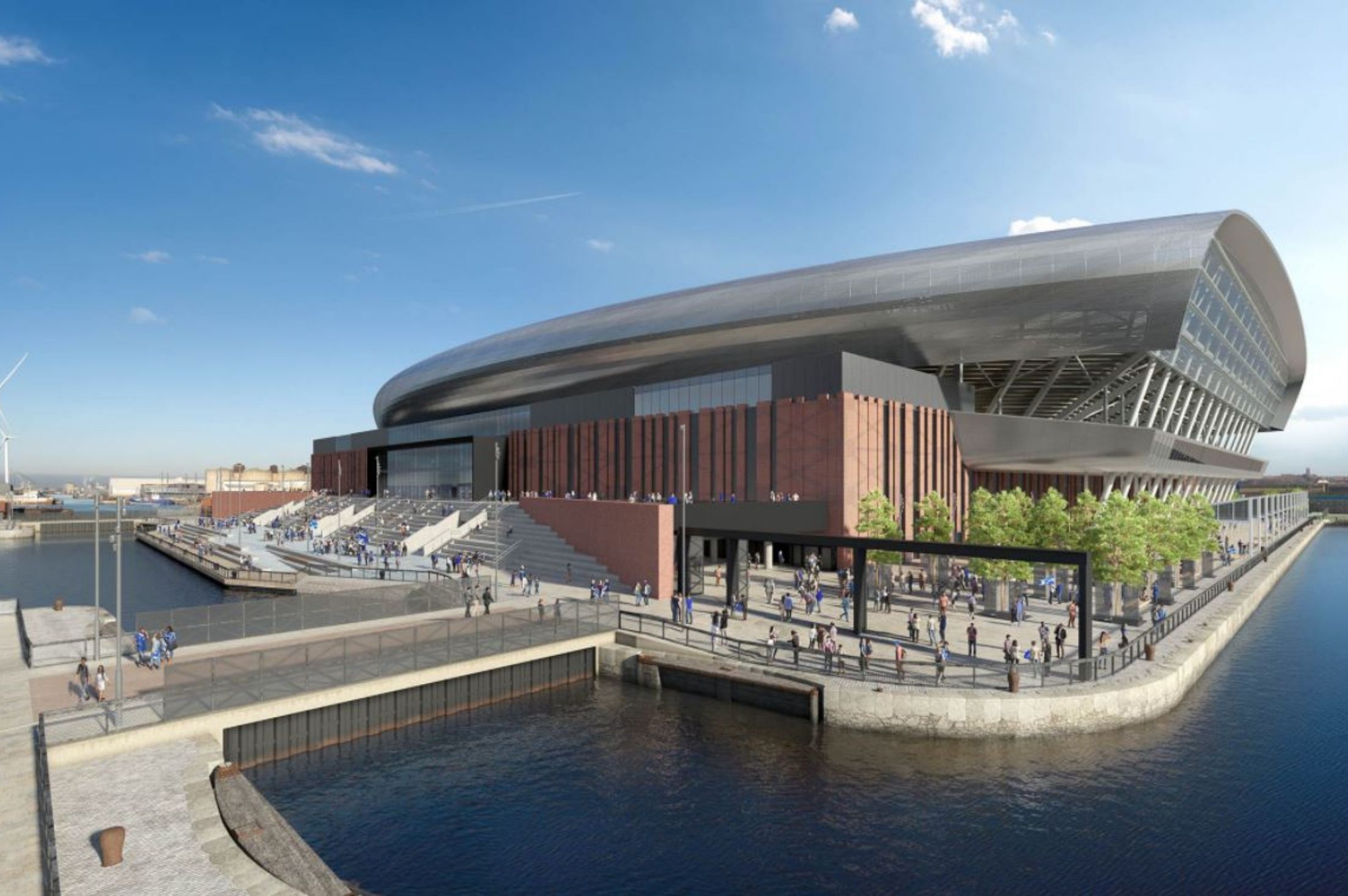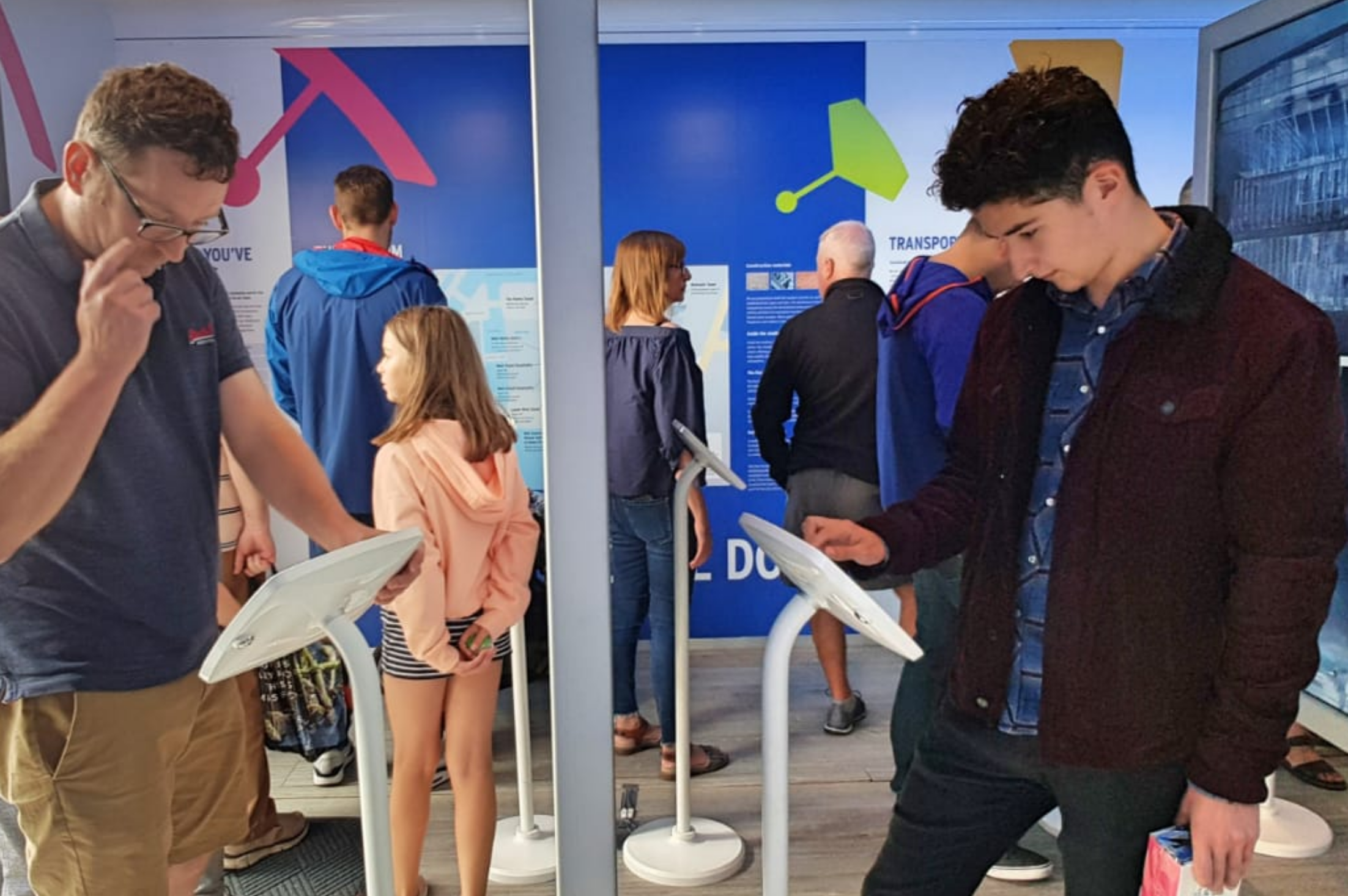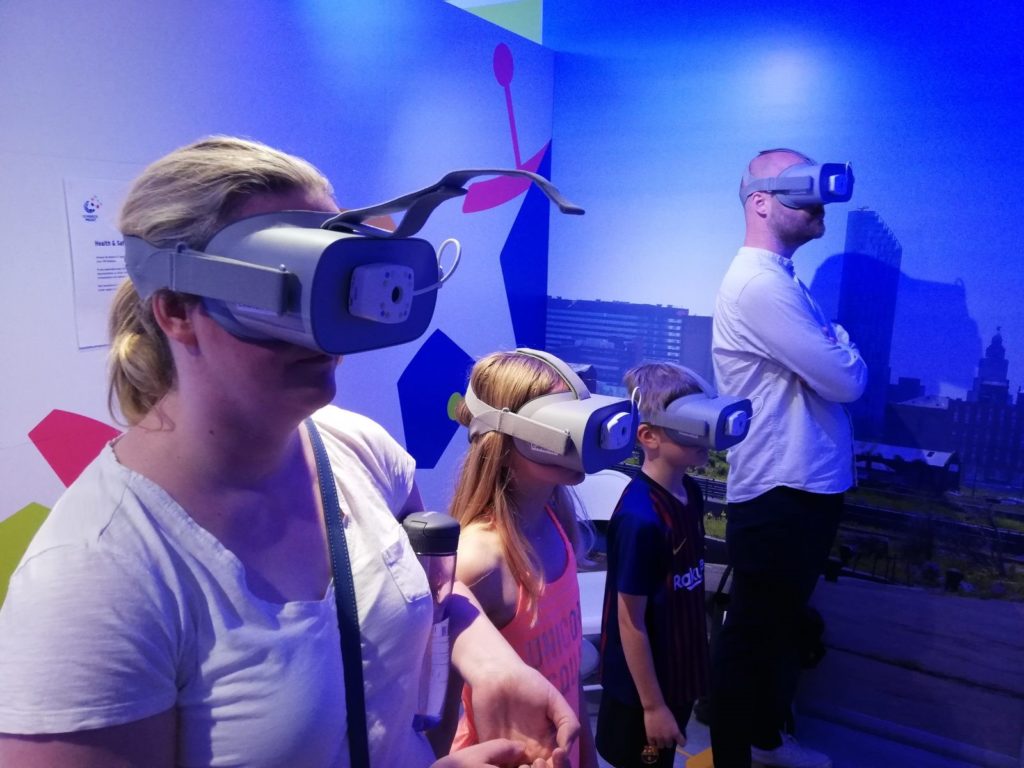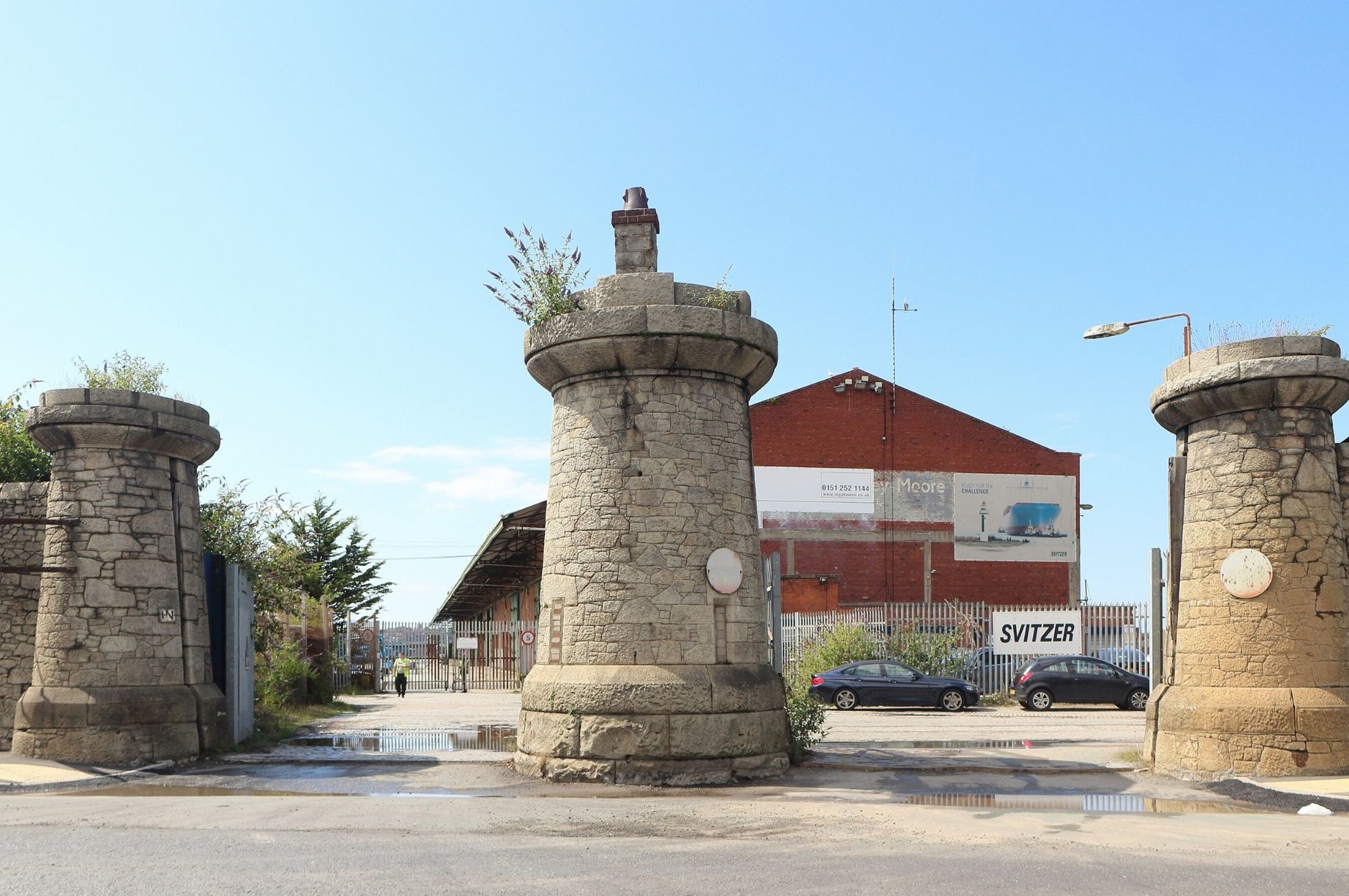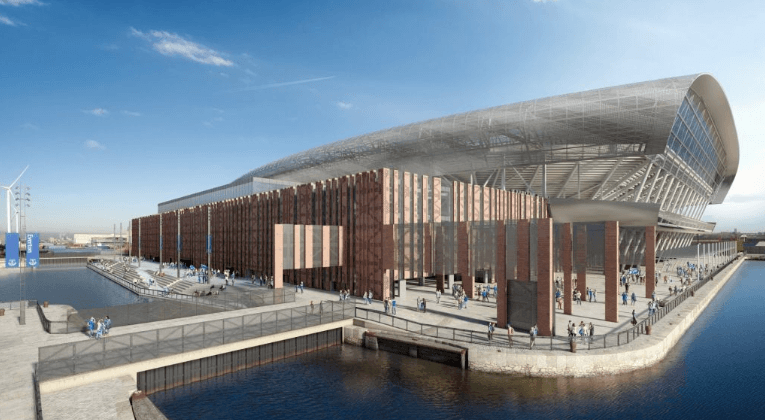Everton Football Club’s 25 year search for a new stadium has reached a key milestone, writes keen Everton fan and Planning & Design Practice Ltd Director Richard Pigott. Planning applications for a new stadium at Bramley-Moore Dock and a community-led legacy project at Goodison Park were unanimously approved by Liverpool City Council at a meeting last month.
The decision to grant approval for a new 52,888-capacity waterfront stadium and the outline application for a re-imagined Goodison Park (the club’s home since 18925) brings both projects a significant step closer. Everton worked closely with the Liverpool Planning Authority, Historic England and other stakeholders for the past 12-months as part of the planning application process, and for around 2 years prior to that.
It was not all plain sailing though. Historic England said that while it supports Everton’s need for a “state-of-the-art” stadium and the benefits it could bring, it advised the council to refuse the application. In a statement, it said the plan to infill the dock would “fundamentally change its historic character” and result in “substantial harm” to the significance of the Grade II listed dock. It added it could also damage the waterfront’s World Heritage Site status.
However, the LPA considered that the significant social and economic public benefits of the new stadium outweighed the harm to the heritage assets of the site, also noting that the club had committed to spending £55m in preserving and celebrating the heritage assets as well as creating a heritage centre around the currently derelict Hydraulic Tower. The club had also amended the proposals, including removing the multi-storey car park from the west quay, thus creating a stepped plaza forming a key part of the site’s public realm which can be used on non-matchdays, and by reducing the overall height of the stadium in line with Liverpool City Council’s World Heritage Site Supplementary Planning Document.
The Secretary of State will now decide whether to overturn or uphold the committee’s decision, and the UNESCO World Heritage status will be reviewed later this year. This is standard practice for a development of this size and scale and the Government will have an initial 21 days to review the application before reaching a decision.
Watch this space.
For more information and images please visit https://www.peoples-project.co.uk/
Main Image: The People’s Project, Pattern Design
